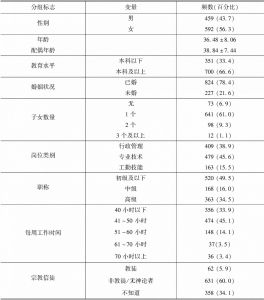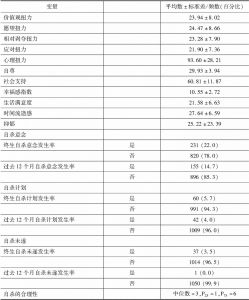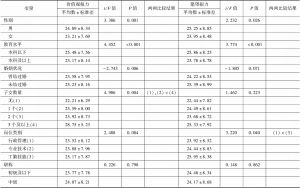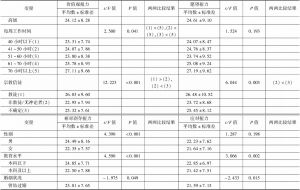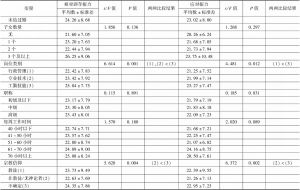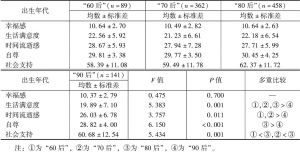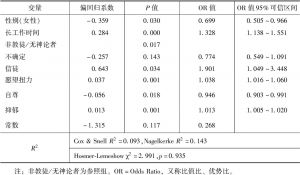报告
城市企业员工心理扭力、抑郁和自伤行为间关系研究
摘要
随着生活节奏不断加快,员工压力问题和精神卫生问题备受关注。以往解释压力、抑郁和自杀行为的理论模型均存在局限性。本研究旨在验证扭力(相互冲突的价值观、未实现的愿望、相对剥夺、应对不足)是抑郁和自伤行为的有效预测因素,扭力既可导致自杀,也可通过作用于抑郁导致自杀。通过“问卷星”随机抽取北京市企业职工1051名,采用自编《职工生活环境和工作状况问卷》收集企业职工的人口学、扭力、社会支持、抑郁、幸福感等信息。结果扭力与抑郁显著负相关。愿望扭力、价值观扭力和应对扭力分别是终生自杀意念、过去12个月自杀意念、终生自杀计划的显著危险因素。扭力理论适用于职场,为制定降低心理扭力、增进精神健康的措施提供参考。
检索正文关键字
报告目录
- 一 研究背景
-
二 前人研究综述
- (一)国内外企业职工心理健康、抑郁与自杀研究
- (二)理论依据
-
三 研究过程
- (一)调查对象
- (二)调查方式
- (三)调查内容
- (四)调查工具
- 1.心理扭力量表
- 2.自尊量表
- 3.领悟社会支持量表
- 4.流调中心用抑郁量表
- 5.自杀行为
- 6.主观幸福感
- 7.生活满意度量表
- 8.时间流逝感
- (五)质量控制
- (六)数据分析
-
四 结果分析
- (一)心理扭力量表及其他量表在城市企业职工的信度检验
- (二)北京市城市企业员工一般社会人口学特征分析
- (三)扭力在一般人口学特征的分布
- (四)不同出生年代的企业职工扭力及抑郁分析
- (五)不同出生年代企业职工心理因素及自杀行为分析
- (六)扭力与抑郁及其他心理因素之间的相关关系
- (七)扭力在自杀意念、自杀计划、自杀未遂之间的单因素分析
- (八)影响城市企业职工自杀意念、自杀计划和自杀倾向的多因素回归分析
- (九)抑郁在扭力与自杀行为之间的中介效应分析
- 五 研究讨论
- 六 本研究的创新点
- 七 问题思考
相关文献
查看更多>>>





